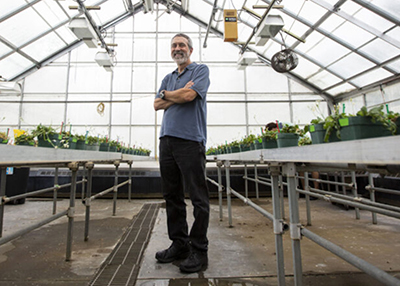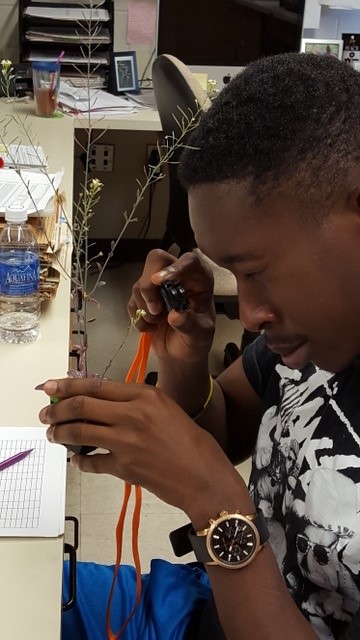Exploring how traits stay or go on plant’s evolutionary journey
An often-studied flowering plant evolved reproductive self-sufficiency, and in the process some parts of the flower are starting to disappear. Michigan State University scientists will use a $1.5 million National Science Foundation grant better understand this trait loss.

Jeffrey Conner, a professor in the Department of Plant Biology in the College of Natural Science, an MSU W.K. Kellogg Biological Station faculty member and the grant’s principal investigator, explains that one of the most common changes that flowering plant species undergo is to evolve from cross-pollination to self-fertilization.
A self-fertilizing plant can reproduce even if pollinators like bees are scarce or other members of its species aren’t nearby. A single seed can successfully colonize a new location with genes from the single plant. Evolutionarily, it can be a big win since it doubles the fitness benefit of each offspring plant.
Some populations of Arabidopsis have in achieving self-fertilization lost short stamens, which produce pollen in flowers, because only the long stamens in the flower function in self-fertilization. What Conner and his collaborators Rob Last, Barnett Rosenberg Professor of Plant Biology; Gideon Bradburd at the University of Michigan; and Tom Juenger at University of Texas, Austin, want to understand is what nudged the model plant Arabidopsis to lose short stamens in only some circumstances. This would give new understanding to how the evolution occurred.

Kola George, a former undergraduate student in Conner’s lab, counting stamens for the project. Courtesy photo
The plant’s native habitats are in Europe, western Asia, and northern Africa, and short stamen loss is only common at low altitude in the southern part of the plant’s native range. The prediction, Conner said, is that the overall contribution of short stamens to reproduction is less in these populations than at high altitude and latitude.
“The loss of traits that are no longer functional is common in evolution,” said Conner, who is also a faculty affiliate with the Ecology, Evolution and Behavior (EEB) program at MSU. “Our study asks how trait evolution through natural selection is affected by genes shared with other traits and random genetic changes. The interaction among these factors in evolution is poorly understood and this is the gap our work is designed to fill.”
The four-year grant also will provide hands-on experience for both undergraduate and K-12 students, building on four long-term programs: the NSF Research Experiences for Undergraduate (REU) site at KBS; the plant genomics REU on campus that Last started; the Undergraduate Research Apprentice (URA) program at KBS; and the KBS K-12 Partnership established in 1998. The REU students come from colleges and universities across the U.S. that have limited research opportunities for their students, while the URA is for MSU undergraduates.Banner image: This image shows the stamen number variation in the model plant Arabidopsis. What Conner and his team want to understand is what nudged the plant to lose short stamens in only some circumstances. This would give new understanding to how the evolution occurred.